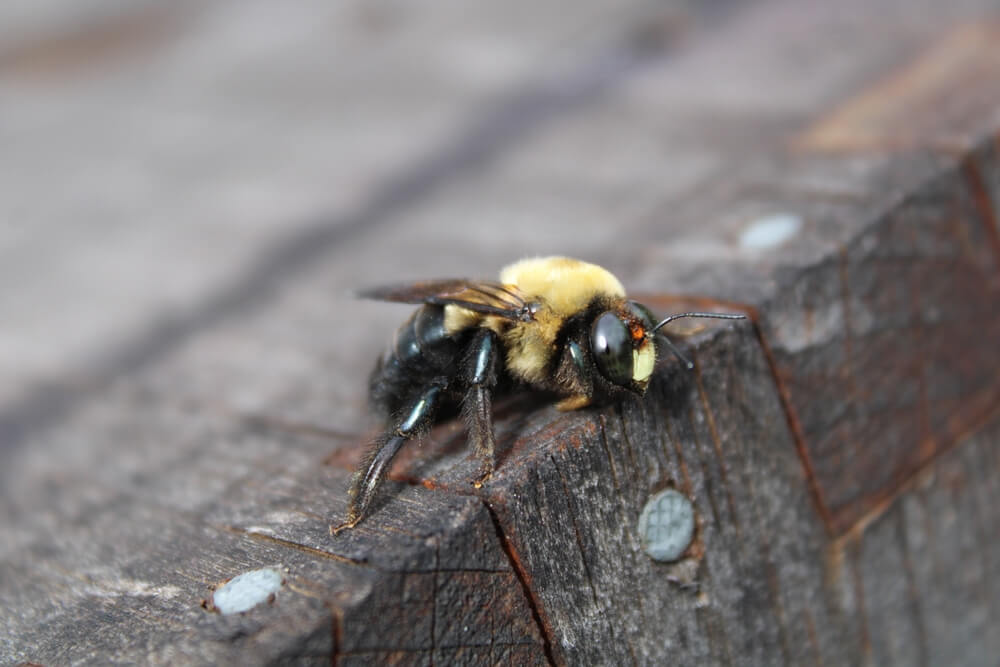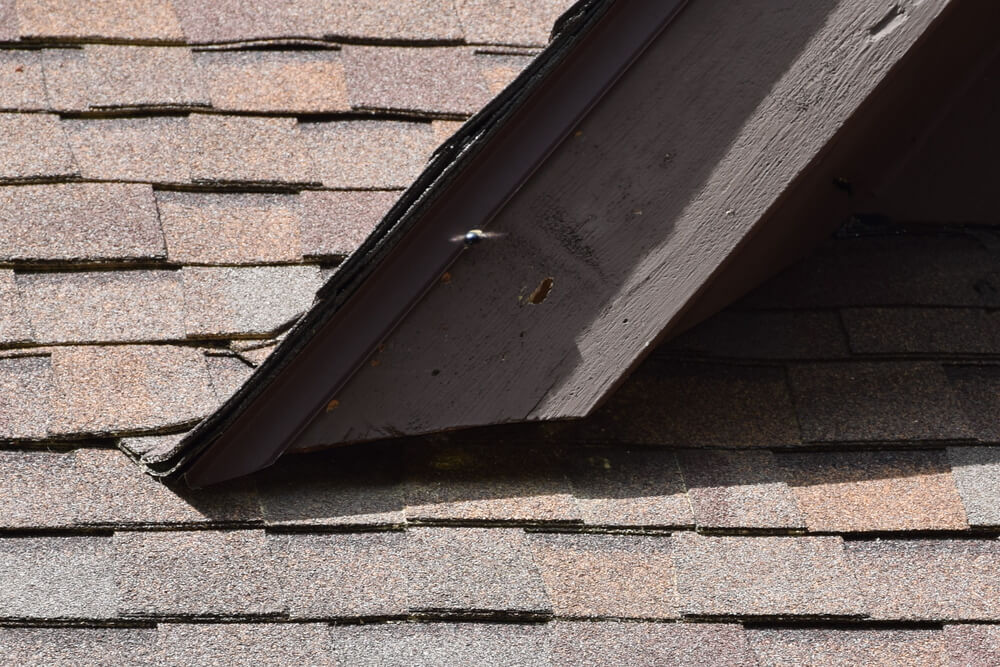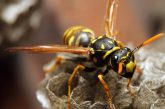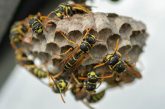
Carpenter bees, often mistaken for bumblebees, can damage structures by boring into wood. This guide offers strategies to eliminate them using natural deterrents, chemical solutions, and preventive wood maintenance. It also covers when professional pest control is needed while promoting sustainable practices that protect properties and conserve pollinators. Manage carpenter bee infestations responsibly with this resource.
What are Carpenter Bees and Why Are They a Problem
Carpenter bees are a unique species of wood-boring bees that often cause concern for homeowners due to their nesting habits. Unlike honeybees, carpenter bees do not live in colonies or produce honey. Instead, they excavate tunnels in wood to create nests, which can lead to significant structural damage over time.
Identification of carpenter bees is crucial for managing and preventing potential issues. These bees are typically large and resemble bumblebees but can be distinguished by their shiny, black abdomens. Male carpenter bees are known for their territorial behavior but lack stingers, while females have the ability to sting but are generally non-aggressive unless provoked.
The primary concern with carpenter bees is the damage they inflict on wooden structures. They bore into decks, eaves, and other exposed wood surfaces to lay eggs and protect their larvae. Over time, repeated infestations can weaken wooden structures significantly.
Addressing a bee infestation early is essential to prevent extensive damage. Sealing cracks and applying protective coatings on exposed wood can deter these insects from nesting in unwanted areas. Understanding the behavior and impact of carpenter bees helps homeowners take proactive steps in safeguarding their properties against these industrious invaders.
Natural Methods to Deter Carpenter Bees from Your Home

Carpenter bees, while essential pollinators, can become unwelcome guests when they start drilling into the wooden structures of your home. Fortunately, there are several natural methods to deter these industrious insects without resorting to harsh chemicals.
One effective approach is using natural bee repellents such as essential oils. Oils like eucalyptus, tea tree, and peppermint have strong scents that carpenter bees find unpleasant. To create a non-toxic carpenter bee solution, mix a few drops of these essential oils with water and spray the mixture around areas where bees are likely to nest.
Another preventive measure is ensuring your wooden surfaces are well-maintained. Carpenter bees prefer untreated or weathered wood for nesting. Applying a fresh coat of paint or varnish can act as a deterrent by creating a less inviting surface for them.
Additionally, sealing any existing holes with wood putty not only repairs damage but also prevents future infestations by eliminating potential nesting sites. Regular inspections and maintenance of your home’s exterior can help spot early signs of activity and allow you to take action before the problem escalates.
By employing these natural strategies, you can protect your home from carpenter bees while preserving the environment they thrive in.
When and How to Use Them Effectively Against Carpenter Bees
Carpenter bees, known for their wood-boring habits, can cause significant damage to wooden structures if left unchecked. While natural deterrents and preventive measures are often recommended as first-line defenses, chemical treatments for carpenter bees can be an effective solution when infestations become severe.
When considering insecticides for wood-boring insects like carpenter bees, it’s crucial to choose products specifically labeled for this purpose. These insecticides typically contain active ingredients such as cypermethrin or bifenthrin, which are effective in targeting and eliminating these pests. Applying these treatments requires careful attention to safety instructions to ensure the protection of both humans and beneficial bee populations.
Safe pesticide use for bees involves applying chemicals during late evening hours when carpenter bee activity is minimal and other pollinators are less active. It’s also important to treat only the affected areas rather than broad applications that could impact non-target species. By using chemical solutions judiciously and following label directions closely, homeowners can effectively manage carpenter bee infestations while minimizing ecological impact.
The Role of Wood Maintenance in Preventing Future Bee Infestations
Proper wood maintenance plays a crucial role in preventing bee infestations, which can be a common nuisance for homeowners with wooden structures. One of the most effective strategies to deter bees is through the use of wood sealing techniques. By applying high-quality sealants, you create a protective barrier that not only enhances the durability of the wood but also makes it less attractive to bees seeking nesting sites.
In addition to sealing, regular maintenance tips for wooden structures include inspecting for any cracks or crevices where bees might enter and ensuring these are promptly repaired. Painting and staining are also valuable methods; they not only add aesthetic value but can significantly deter bees from settling. Opting for oil-based paints or stains is particularly beneficial as they penetrate deeply into the wood, offering an added layer of protection.
By integrating these practices into your routine maintenance schedule, you can effectively minimize the risk of bee infestations while preserving the beauty and integrity of your wooden structures.
Knowing When It’s Time to Call an Expert
Dealing with pests can be a daunting task, and while some minor infestations can be managed with DIY solutions, there are times when professional exterminator services become a necessity. Recognizing when to call in expert help is crucial in preventing further damage and ensuring the safety of your home.
One clear sign that it’s time to seek pest control assistance is the presence of persistent or large-scale infestations. For instance, if you notice an increasing number of pests despite your best efforts to manage them, it’s likely time for professional intervention. Expert exterminators have access to advanced tools and techniques that are often more effective than over-the-counter remedies.
Carpenter bees present another scenario where expert help is invaluable. These insects may seem harmless at first glance, but they can cause significant structural damage by burrowing into wood surfaces. If you observe sawdust piles or perfectly round holes in wooden structures around your home, it’s wise to contact professionals who specialize in carpenter bee removal. They not only eliminate existing bees but also offer solutions to prevent future infestations.
While some pest issues can be tackled independently, knowing when to call for professional exterminator services ensures that problems are addressed efficiently and effectively, safeguarding both your property and peace of mind.
Encouraging Pollinators While Protecting Your Property from Damage
In the realm of sustainable pest management, finding a balance between nurturing pollinators and safeguarding property is vital. Carpenter bees, while essential pollinators, can pose challenges for homeowners due to their nesting habits in wood structures. However, with thoughtful approaches, it is possible to protect your property without compromising the health of these beneficial insects.
Pollinator-friendly practices start with understanding the behavior and benefits of carpenter bees. Unlike termites, carpenter bees do not consume wood but create tunnels for nesting purposes. These bees are crucial for pollination; thus, completely eradicating them can disrupt local ecosystems.
To achieve a harmonious coexistence, consider implementing strategies that deter carpenter bees from nesting in vulnerable areas while still supporting their ecological role. Sealing existing holes with dowels or wood putty can prevent further damage without harming the bees. Additionally, applying non-toxic deterrents like citrus oil around potential nesting sites can discourage new infestations.
Furthermore, providing alternative habitats such as bee hotels or untreated wooden logs in less critical areas of your property can attract carpenter bees away from valuable structures. This not only protects your home but also contributes to sustaining local pollinator populations.
Embracing sustainable pest management involves recognizing the importance of pollinators like carpenter bees and employing methods that respect both nature and personal property. By integrating these practices into your routine maintenance plan, you contribute to a healthier environment while ensuring your home remains intact and secure.
Achieving Long-term Results in Managing Carpenter Bee Issues at Home
In conclusion, effectively managing carpenter bee issues at home requires a strategic and long-term approach. By understanding the behavior and lifecycle of these wood-boring insects, homeowners can implement preventative measures that deter infestation while preserving the structural integrity of their homes. Regular inspections are crucial; they help identify early signs of carpenter bee activity, such as perfectly round entry holes or sawdust-like frass beneath wooden structures.
To achieve sustainable results, it’s advisable to combine physical barriers with natural deterrents. Painting or varnishing exposed wood surfaces can significantly reduce their attractiveness to carpenter bees. Additionally, using citrus oil or almond oil as a natural repellent can further discourage these insects from nesting in vulnerable areas.
For severe infestations, consulting with professional pest control services is recommended. These experts can provide targeted treatments that eliminate existing populations and offer advice on reinforcing your home’s defenses against future invasions.
By remaining vigilant and proactive in managing carpenter bee issues, homeowners can protect their property while maintaining an environment that’s both safe and aesthetically pleasing.



